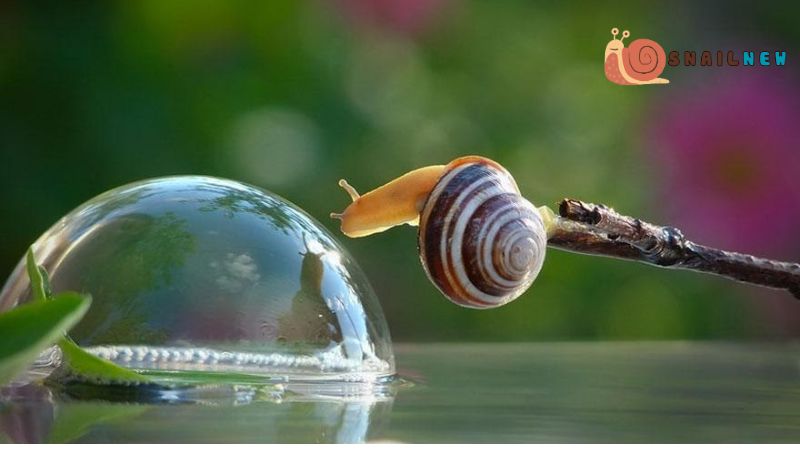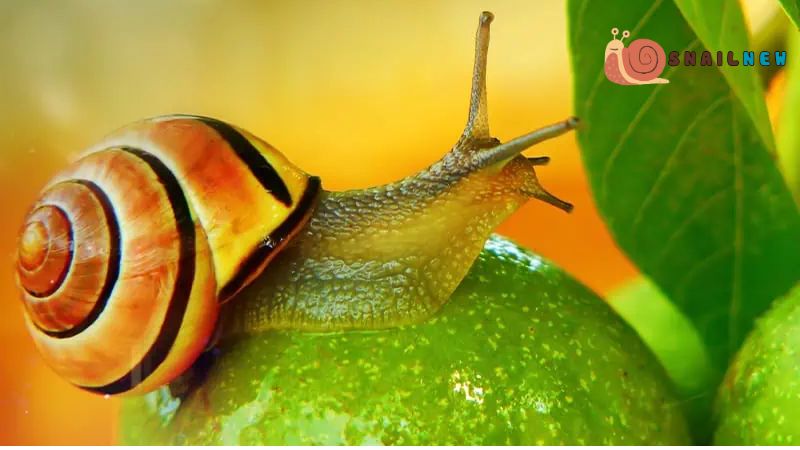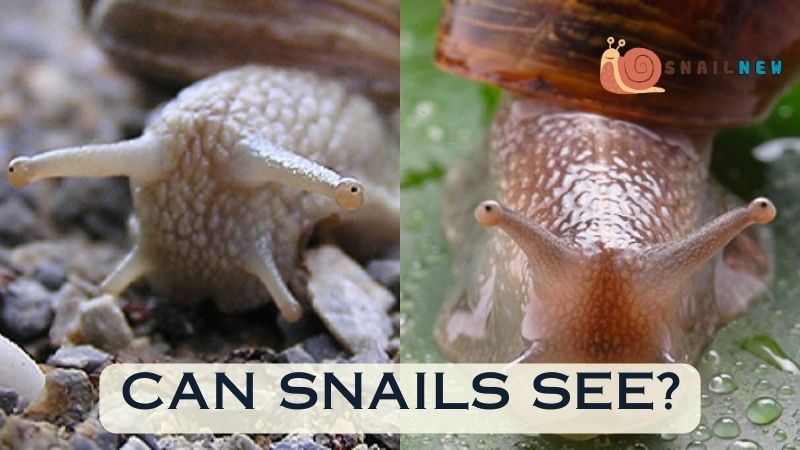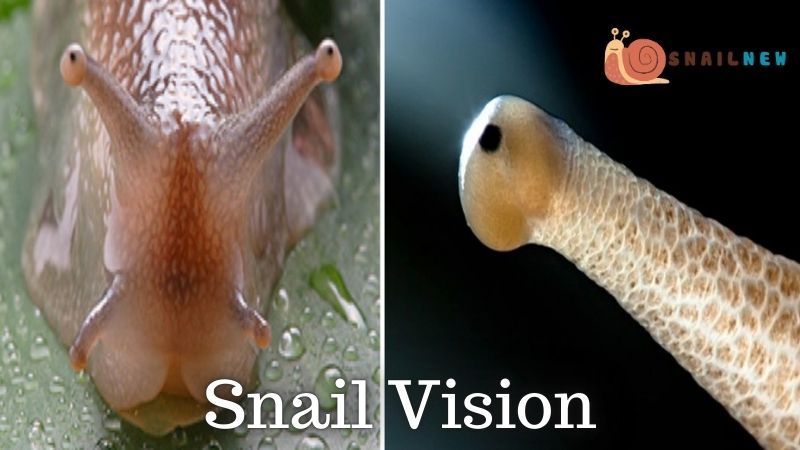In the vast and diverse world of nature, there are creatures whose lives unfold in fascinating ways, often hidden from our immediate view. Among these are snails, those slow-moving inhabitants of gardens, forests, and oceans. While Snailnew may admire their intricate shells and gentle pace, one might ponder: Can snails see?
Anatomy of Snail Vision: Can Snails See?
The Modest Eyes of Snails: A Basic Yet Effective Visual Apparatus
The eyes nestled within the lower tentacles are rudimentary yet effective. Unlike the intricate lenses and retinas of human eyes, snail eyes are simple structures capable of discerning only light and darkness. This basic visual apparatus enables snails to navigate their surroundings with a keen awareness of changes in luminosity. But can snails see beyond mere light and dark?
Perception versus Limitations: The Boundaries of Snail Vision
Although snails lack the sophisticated vision of mammals or birds, their eyes serve essential functions in their daily lives. From detecting the approach of predators to seeking out nourishment and shelter, these modest organs play a vital role in the survival of these seemingly unassuming creatures. But can snails see colors or shapes?
Compensating for Visual Constraints: The Multifaceted World of Snail Senses

The limitations of snail vision become apparent when compared to the complex visual systems of higher animals. While they can perceive changes in light intensity, their ability to discern detailed images or vibrant hues is severely restricted. Instead, their visual perception remains confined to the realm of contrasts and shadows. But can snails see the world with clarity?
Adaptations and Insights: Snail Vision in Different Environments
Despite these constraints, snails possess remarkable adaptations that compensate for their visual limitations. Their acute sense of smell, coupled with tactile sensitivity, allows them to explore and interact with their environment in ways beyond the scope of sight alone. Through a combination of sensory modalities, they navigate the intricate tapestry of their surroundings with remarkable precision. But can snails see the beauty that surrounds them?
Beyond the Land: Exploring Marine Snail Vision
In the watery realms inhabited by marine snails, the story of vision takes on a different hue. Some marine species boast more advanced eyes, capable of discerning not only light and darkness but also finer details of their underwater habitat. These specialized adaptations equip them for life in the shifting currents and vibrant ecosystems of the ocean floor. But can snails see the wonders hidden beneath the waves?
The Quest for Understanding: Snail Vision and Evolutionary Insights
The quest to understand the visual capabilities of snails extends beyond mere curiosity. By unraveling the mysteries of their sensory perception, scientists gain valuable insights into the evolution of vision itself. Through comparative studies of diverse species, researchers uncover the underlying principles that govern the emergence and refinement of visual systems across the animal kingdom. But can snails see into the depths of evolutionary history?

Conclusion: The Rich Tapestry of Snail Vision
As we ponder the question “Can snails see?” we are reminded of the vast diversity of life on Earth and the myriad ways in which organisms perceive their surroundings. From the microscopic world of single-celled organisms to the towering majesty of apex predators, each species has evolved its own unique suite of sensory adaptations. In this rich tapestry of life, snails occupy a humble yet fascinating niche, offering glimpses into the complexities of sensory perception. But can snails see beyond the confines of their earthly existence?
In the realm of ecological interactions, the visual abilities of snails shape their relationships with other organisms in profound ways. From the strategies employed by predators to the behaviors of prey, the dynamics of these interactions are influenced by the sensory perceptions of all involved. Through the lens of snail vision, we gain a deeper appreciation for the interconnectedness of life and the delicate balance that sustains ecosystems. But can snails see the intricate web of life that surrounds them?
As we conclude our exploration of the enigmatic world of snail vision, we are left with a newfound appreciation for these seemingly unassuming creatures. Despite their humble appearance, snails possess a rich tapestry of sensory adaptations that enable them to thrive in diverse habitats. While their vision may be limited compared to our own, it serves as a poignant reminder of the vast spectrum of perception that exists within the natural world. So, can snails see? In their own unique way, they most certainly can.



